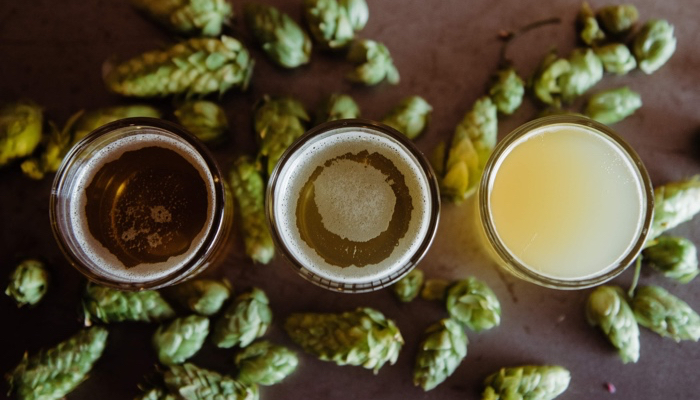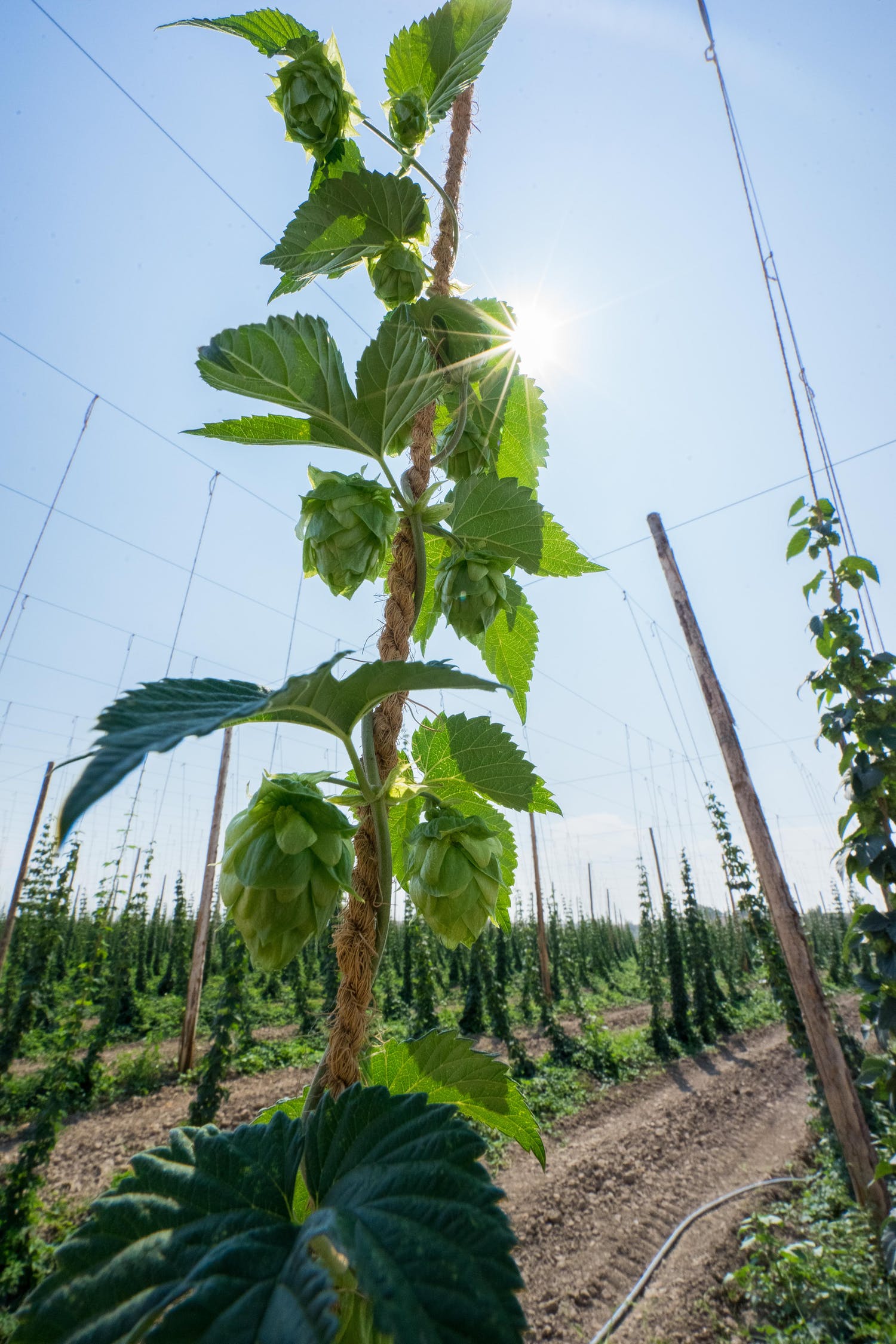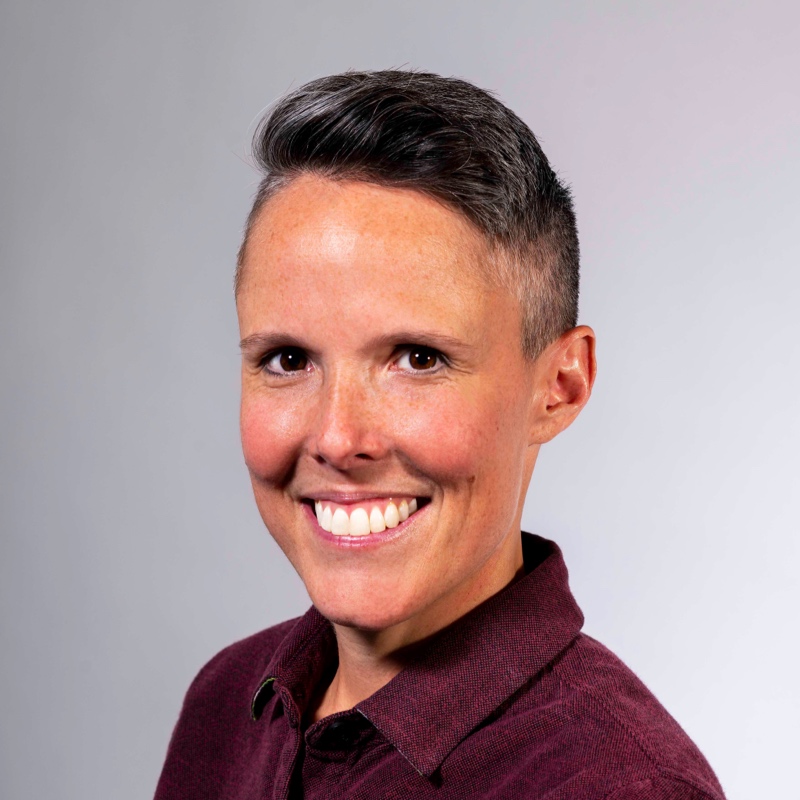
The 2020 hop harvest season was one, if not the, smokiest year on record in the Yakima and Willamette valleys, where most US hops are grown. In addition to the substantial community and land devastation, crops harvested in this timeframe were presumably damaged by the smoke in the air. This got me thinking about how food producers use their sensory programs to mitigate the risk of releasing smoky products to the market.
To find out how hop suppliers were addressing this challenge, I recently sat down with Tiffany Pitra and Patrick Jensen from Yakima Chief Hops. In our discussion, they outlined how their panel helped determine the extent to which smoke shows up in their product, and how they used this information to process this year’s crop.
Over the course of the 2020 harvest the Sensory team at YCH evaluated 1,430 hop samples. Let that just settle in...one thousand four hundred thirty hop samples in only six weeks! Patrick noted that sensory is the fastest and most accessible tool foridentifying smoke aroma. “We were relieved to have our sensory team ready to act quickly. Trying to quickly process that many samples analytically would have been anonstarter.” Analytical tools require substantial sample preparation and method development and may only detect the chemicals responsible for smoke at levels over the sensory threshold. This is why YCH, and many others, relied on trained panelists to ‘sniff out’ smoke in their products throughout the production process.

Evaluating Samples Mid-Harvest
The first question YCH had to answer was the extent of smoke damage to this year’s crop and if it would be worthwhile to push out harvest windows - at the risk ofpotentially compromising aroma quality - in future years. The YCH sensory panel flagged about 15% of the hop crop for smoke aroma and correlated the lots back to those that were harvested on days with the worst air quality. The hypothesis for why harvesting would influence the pickup of smoke is simply exposure. “Hops at the end of a field may smell smokier than those in the middle;” Tiffany noted, “when harvesting, every trellis experiences this same direct air exposure.” Upon flagging, YCH was able to determine dispositions for the affected lots that ranged from converting into extract (though some smoke aroma did seem to carry over), toquarantining and monitoring lots that were deemed too smoky.
Determining Dispositions
For disposition decisions to be made reliably and confidently, YCH set out to understand the influence hop smoke has on beer. To answer this question, they made multiple beers using different hopping techniques. Their trained panel was able to identify smoke in hops and beer using check-all-that-apply (CATA). This method allows panelists to select flavor attributes, from a list of standard terms, that are present in the sample. Using CATA, they found that smoke aroma can be substantially reduced if smoky hops are added on the hot side of the brewing process, but this result was not observed for beers produced with hops added on the cold side. For such products, blending with untainted hops was effective in diminishing the smoke impact in the final beer. CATA was an effective and fast way to measure which samples smelled smoky and correlate the proportion of smoke assessments between hops and beer.
Future Work
When asked about the future, both Tiffany and Patrick acknowledged that, given thechanging climate, wildfires will continue to pose a problem for the hop crop. Tiffany is continuing to develop the Sensory QC team by devoting more time to smoke-specific training and rapid flagging methods and is working closely with breweries todetermine the consumer impact of smoke aroma. “We had to move quickly to train our panel this year,” Tiffany says, “with fewer restrictions and more knowledge, we will be ready to guide harvesting and processing with more precision in future years.”
DraughtLab offers practical and approachable Sensory Analysis Solutions that deliver real-world value to food and beverage companies. Visit our website or reach out to us at info@draughtlab.com to learn more!
